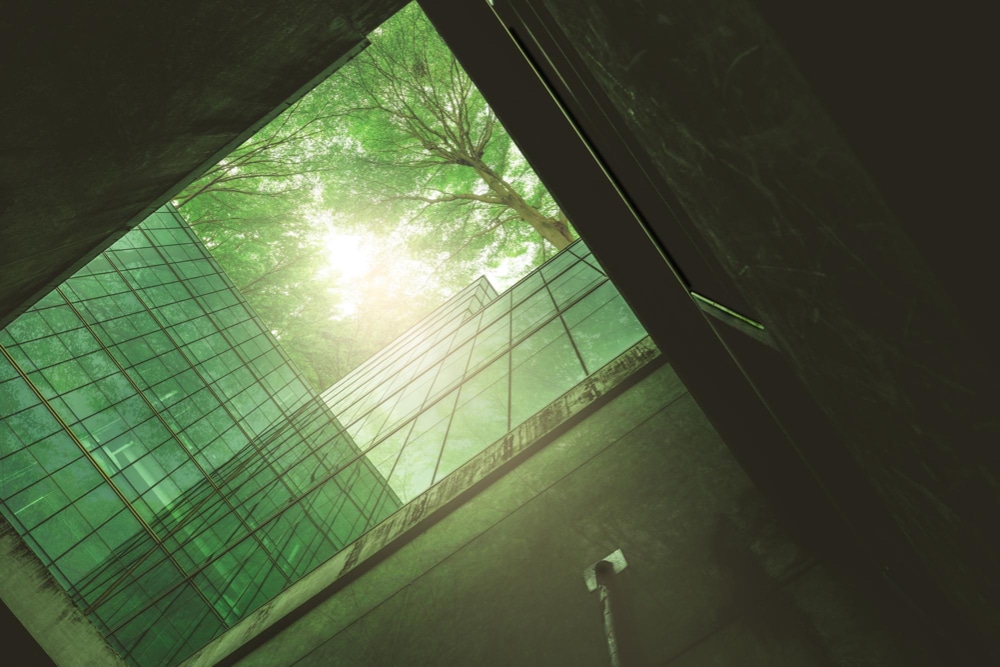It is clear that throughout history, the construction industry has been one of the most energy-intensive sectors. However, the increase in energy demand in recent years, coupled with the energy crisis resulting from the Russia-Ukraine situation, has created a crucial moment to move towards a building environment that is sustainable and highly energy efficient.
All of this highlights the importance of adopting appropriate strategies in this area:
- Passive Design: the latest amendment to the Technical Building Code (CTE) promotes energy efficiency, comfort and safety in buildings. The passive architectural design approach allows efficiency to be optimized from the outset, achieving up to one tenth of the cost of conventional buildings of similar size. This involves elements such as air tightness, elimination of thermal bridges, mechanical ventilation with heat recovery and high performance windows.
- Integrated Renewable Energy: The integration of renewable energy systems improves energy efficiency. Solutions such as photovoltaic modules on facades provide thermal insulation and noise protection. Low-temperature geothermal energy is also useful for heating, cooling and hot water.
- Exterior Thermal Insulation: A well-implemented exterior thermal insulation system can reduce energy costs by up to 60%.
- Green Building: Green facades not only have aesthetic appeal, but also contribute to reducing the effects of climate change by cooling the environment, decomposing pollutants and protecting biodiversity.
- Efficient Water and Electricity Management: Adopting high-efficiency LED lighting, motion sensors and timers in low-occupancy areas reduces energy consumption. In addition, implementing rainwater harvesting systems and low water consumption technologies in construction saves energy associated with water pumping and treatment.

